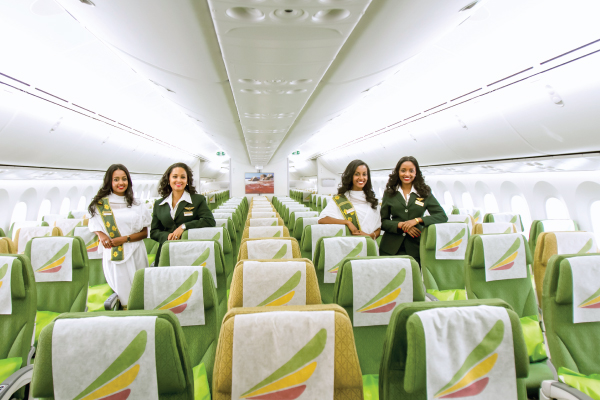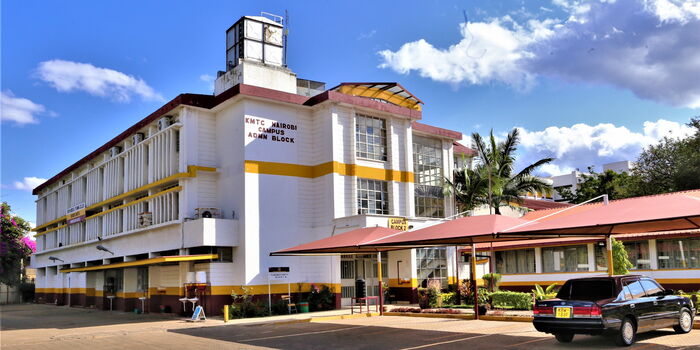Now Reading: Ethiopia’s New Mega Airport: A US-Funded Leap Into the Future
-
01
Ethiopia’s New Mega Airport: A US-Funded Leap Into the Future
Ethiopia’s New Mega Airport: A US-Funded Leap Into the Future

Ethiopia is preparing to make a bold statement in Africa’s aviation landscape with the construction of a massive new airport in Bishoftu, funded with support from the United States. Valued at approximately US$10 billion, or about Sh1.3 trillion, the project is one of the most ambitious infrastructure undertakings in the region. Once completed, it will not only reshape Ethiopia’s transportation network but also strengthen its role as a key hub for global air travel.
The scale of the airport is unprecedented on the continent. Situated about forty kilometers south of Addis Ababa, the Bishoftu facility is designed to handle more than one hundred million passengers annually once all phases are complete.
First Stage
Even in its first stage, projected to cost six billion dollars, the airport will boast the capacity to serve sixty million passengers and accommodate up to 270 aircraft. Plans also include a modern airport city, complete with malls, hotels, and recreation facilities, alongside expressway and rail links connecting it directly to Addis Ababa. The vision is to create not just an airport, but a full ecosystem that integrates aviation, commerce, and urban development.
The funding is being spearheaded by the US International Development Finance Corporation (DFC) and other partners, with strong collaboration from aviation stakeholders such as Boeing and Ethiopian Airlines.
This reflects Washington’s growing strategic interest in African infrastructure and economic growth. The US Senior Advisor for Africa, Massad Boulos, has emphasized that the project represents a deepened partnership with Ethiopia, especially in sectors that are vital for long-term connectivity and prosperity.
For Ethiopia, the airport carries profound implications. Its current main facility, Bole International Airport, has served the nation well but is already straining under growing passenger numbers and limited capacity.
Once Bishoftu airport becomes operational, Bole will shift its focus primarily to domestic flights, freeing the new mega-hub to serve as Ethiopia’s international gateway. This move is expected to place Ethiopia firmly among the leading aviation centers of Africa, rivaling hubs in Nairobi, Johannesburg, and Lagos.
Challenges
Yet, as with any large-scale project, challenges loom. Financing uncertainties, the risk of cost overruns, and the logistical complexity of completing a project of this magnitude within five years remain significant hurdles. Furthermore, environmental concerns, land acquisition, and community resettlement issues could affect progress. Questions also linger about whether Ethiopia will achieve the projected passenger demand in the face of stiff competition from other regional airports. Even so, the project’s potential to generate employment, attract foreign investment, and stimulate growth in sectors such as tourism, trade, and logistics makes it a transformative prospect.
Ultimately, the Bishoftu airport project is more than just a construction effort; it is a symbol of Ethiopia’s ambition to rise as a continental leader in aviation and economic connectivity. If completed successfully by its 2029 target, the airport will not only redefine Ethiopia’s aviation capacity but also reinforce Africa’s growing presence in global air travel. For a country seeking to modernize and strengthen its role in the global economy, this US-backed airport represents both a bold vision and a decisive step into the future.































frenify: Thank you for your kind words! We’re glad you enjoyed the post. Stay tuned for more content – we’ve got plenty more coming your way.
frenify: I really enjoyed reading this. The content is informative, and the layout makes it so easy to follow. Looking forward to more posts like this! Keep up the great work!